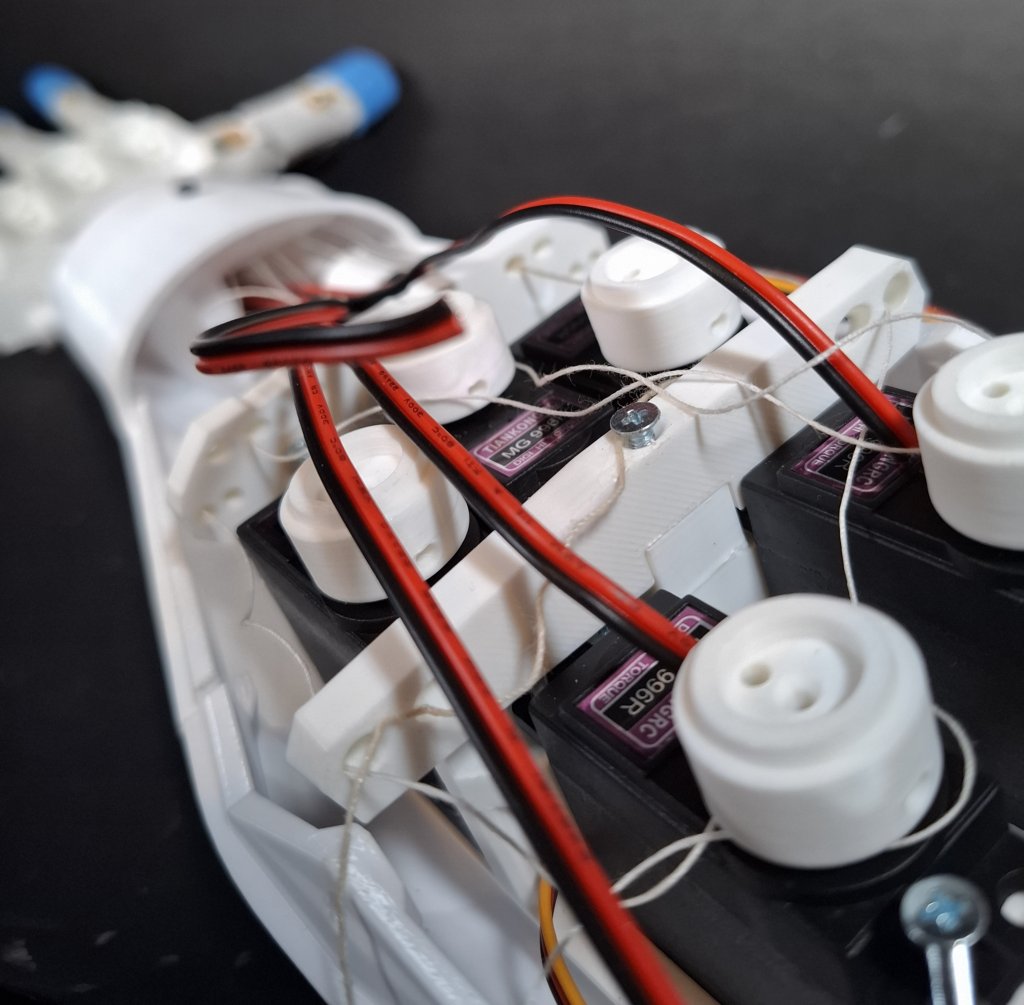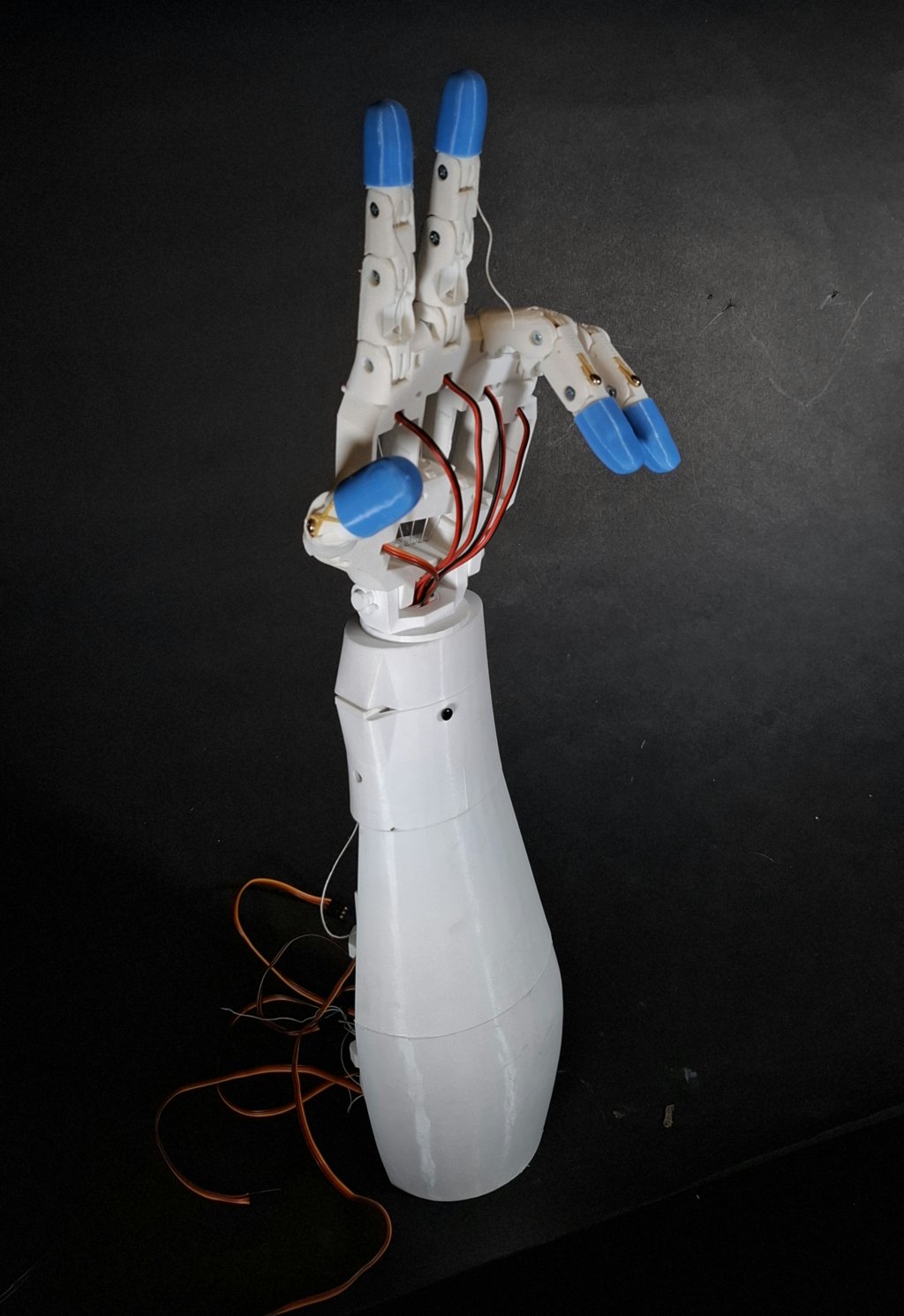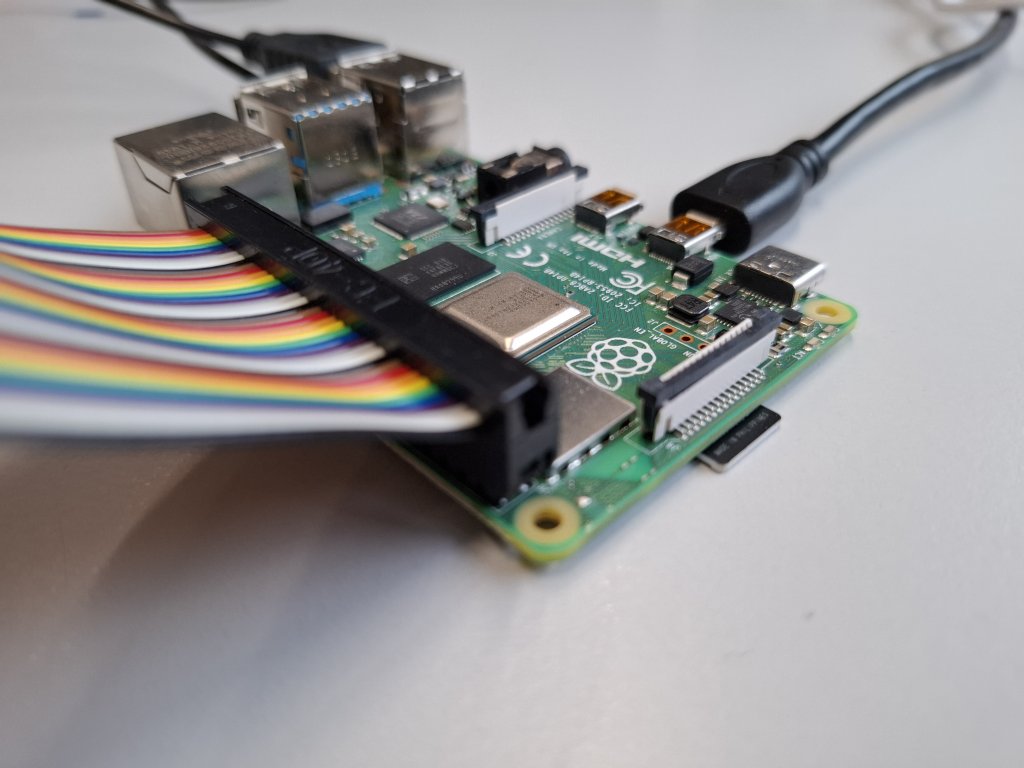Imitation Learning is a form of Machine Learning (ML) where robots learn by observing and mimicking human actions rather than following hard-coded instructions. For design-driven robotics, this opens exciting opportunities: prototypes with a more human touch, movements that feel natural, and interactions that respond intuitively to people. Yet for Industrial Design students, these methods remain out of reach. As there are no courses on this topic in the IDE curriculum, students who want to experiment are left to figure it out on their own. Existing resources are often too technical or fragmented. In this project we address this gap with a beginner-friendly, step-by-step guide that translates complex ML concepts into practical design tools.
What robotic prototypes would you build with Machine Learning?
We developed a structured, open-access guide that introduces Industrial Design students to prototyping with Imitation Learning. The guide follows the author’s design process, which began with the ideation and development of a 3D-printed prosthetic hand. Electronics were then integrated, programmed, and used to establish a movable robotic prototype. A data collection setup was designed and tested with five participants, after which an Imitation Learning algorithm was trained and implemented on the hand, enabling it to reproduce human-like grasping behaviours. Each stage of this process was documented and translated into a step-by-step framework. In addition to instructions, the guide includes explanations of underlying concepts and strategies for adapting methods to other projects. Through iterative layout refinement and user testing with Industrial Design students, the guide was optimized for clarity, accessibility, and practical use in design education.
Our project demonstrates the potential of Imitation Learning as an accessible entry point for design students to integrate AI into their prototyping practice. By turning a complex technical process into a structured guide, it lowers barriers and encourages creative experimentation with robotics. However, several limitations remain. Even with clear instructions, students may face errors caused by differences in sensors, wiring mistakes, or coding issues—problems that the guide cannot always resolve. Moreover, building a functioning IL prototype requires significantly more time and effort than producing a simple mock-up, which can discourage students from pursuing it. Despite these challenges, the project lays important groundwork for embedding AI methods into design education in an approachable and inspiring way.



